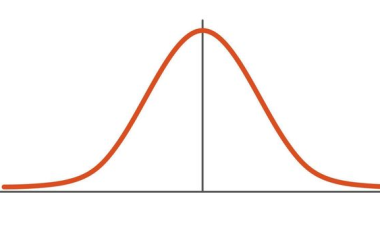How GA4 Handles Bounce Rate: Moving Towards Engagement
Introduction
In web analytics, bounce rate has long been a key metric for businesses to track. It provides insight into how engaging a website is by measuring the percentage of visitors who land on a page and leave without interaction. However, with the introduction of Google Analytics 4 (GA4), the way bounce rate is calculated has changed, moving towards a more nuanced view of user engagement. In this article, we will explore the topic of bounce rate in GA4 and how it handles this crucial metric. We will dive into the changes in calculating bounce rate and how to use GA4's data-driven insights to improve user engagement on your website.
How Bounce Rate is Calculated in Universal Analytics (UA)
In Google Analytics Universal (UA), bounce rate was defined as the percentage of single-page sessions without interaction with the page. For example, if a visitor lands on a page and then leaves without clicking any links or buttons, that would be considered a bounce. However, in GA4, the definition of bounce rate is more complex, as it considers what is considered an "engaged session".
Engaged Session in GA4
An engaged session in GA4 lasts at least 10 seconds, has one or more conversion events, or has two or more page or screen views. This means that even if a visitor only visits one page on a website if they spend more than 10 seconds on that page, it will be considered an engaged session rather than a bounce. Similarly, if a visitor lands on a page and immediately converts (such as making a purchase), that session will not be considered a bounce.
Let's consider an example to understand better the difference between the bounce rate calculation in GA4 and UA. Say a visitor lands on a blog post on a website. Under the old definition of bounce rate in UA, if that visitor reads the entire post and then leaves without clicking on any other links, that would be considered a bounce. However, in GA4, if that visitor spends more than 10 seconds on the page, it will be considered an engaged session. This provides a more accurate picture of user engagement, as it considers that the visitor was actively engaging with the content, even if they didn't click on any links.
Difference between Bounce Rate and Engagement Rate in GA4
The difference between bounce rate and engagement rate is subtle but important. Bounce rate only looks at whether a visitor interacted with a website. In contrast, engagement rate considers the length of time a visitor spends on a website and any conversion events or additional pageviews. This provides a complete picture of user engagement, as it acknowledges that even if visitors don't interact with a website, they may still be engaged with the content.
Conclusion
Calculating the bounce rate in GA4 may seem more complex than in UA, but it provides a more nuanced view of user engagement. By taking into account engaged sessions, GA4 provides a more accurate picture of how visitors interact with a website and can help businesses make more informed decisions about optimizing their sites for user engagement.
Universal Analytics will reach the end of life soon, and we have developed a comprehensive guide and checklist to help you migrate from UA to GA4. Please contact us if you need any additional support in the migration process.



